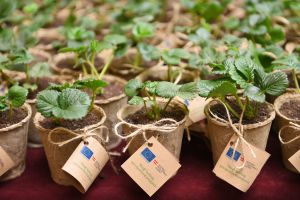
Strawberries in the snow: overcoming resistance to introduce new technologies in Armenian agriculture
Farmer Garegin Muradyan has been growing strawberries for 5-6 years in the village of Tavshut, in the Shirak region of Armenia, on a field that is covered only with a net, without the possibility of heating, without additional “excesses”. He says he’s doing well.
“At first I didn’t believe in the result either, but then I fell in love, started to love this business,” says Garegin, who until 2017 had never been involved in agriculture.
He says that last season he harvested about 1.6 tons of strawberries from one hectare of land, which he sold or distributed, “except for the ones we ate,” he jokes.
However, in Armenia’s agricultural sector, successful people like Muradyan are more often the exception than the rule. Such success seems beyond reach to many of those working in agriculture due to the need for financial investments, infrastructure and weather conditions.
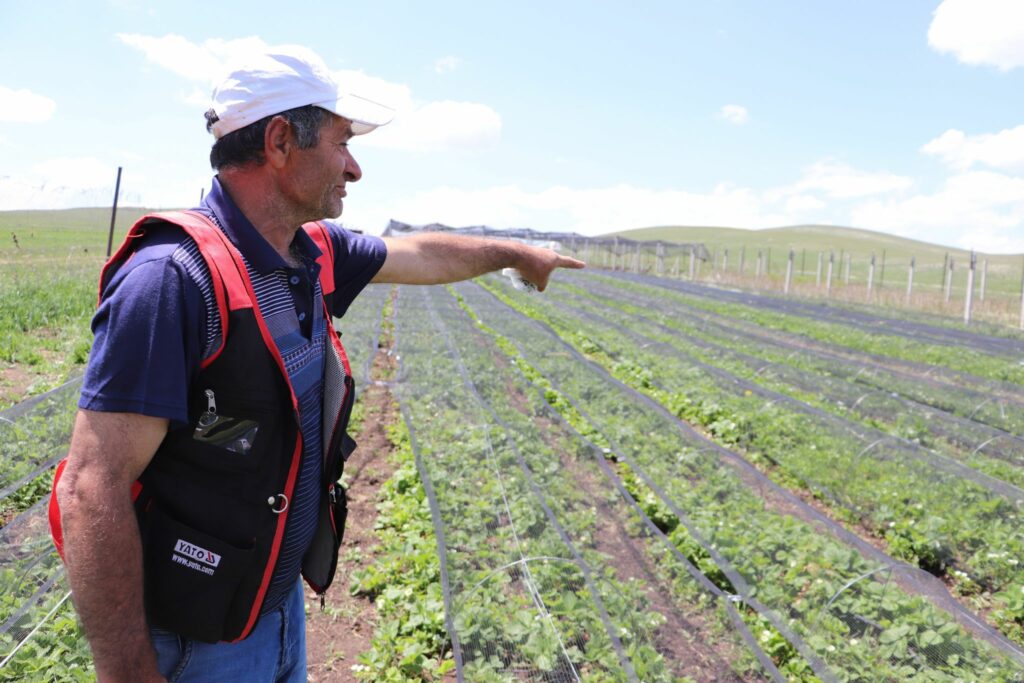
Vardan Khachatryan, who runs a greenhouse in the village of Khoronk in the Armavir region, says planting strawberries wouldn’t work for them. And the problem is access to water, with no irrigation system and not enough money to install his own.
In Khachatryan’s case, the greenhouse is a source of income. But Martun Vardanyan from the village of Lernakert in the Shirak region uses his land to grow crops for his family. He also adds cold weather as a problem specific to their village. Lernakert is located on the slopes of Aragats, in a mountainous area.
Vardanyan explains greenhouses are not an option for him, as gas consumption will be higher than, for example, in the warmer Ararat Valley, and their production would not be competitive.
However, these problems are familiar to Garegin Muradyan. The fact is that Garegin Muradyan grows strawberries not in some settlement with favorable conditions, but in one of the highest and coldest places in Armenia. The village of Tavshut, where he harvests, is located in the Ashotsk region.
According to the Ministry of Territorial Administration and Infrastructure, the lowest point of the Ashotsk region is 1,968 metres, the highest is 3,196 metres; 46% of the year in Ashotsk is frosty, 43% of the year the region is covered with snow.
When we inform Vardanyan and Khachatryan about Muradyan’s successful example, they get curious. But they also indicate that there may be limits. Muradyan, who has a normal crop of strawberries, confirms that not everyone succeeds.
“Actually, the whole of Armenia was very surprised that we are at an altitude of 2,100 meters and we get very good quality strawberries,” explains Muradyan.
Regarding the cold, he notes that in winter the snow covers the plants, and they do not freeze. It’s actually worse when there is no snow cover, as was the case this year. According to him, the plants caught a cold outside, but fortunately, the roots were not affected, and the growth continued.

Statistics, however, show that agriculture in Armenia is not yet perceived as a full-fledged business. In particular, most of the crop or livestock production produced in the regions neighboring Yerevan is sold, unlike in outlying regions. In other words, in the regions far from Yerevan, farmers consume their harvest in the villages. And since they sell less, they produce less.
“Armenia’s geographic location, zoning and other factors create the opportunity for so much diversity that with the right use of technology, you can get the best result,” says organic farming expert Vardan Torchyan.
The expert explains that the cost of implementing new technologies also depends on crops, water quality, etc.
“On average, the cost of installing a drip irrigation system per hectare is about $5,000-6,000, and anti-hail nets are about $14,000-15,000,” he notes, adding that most of the farmers service loans larger than the specified amount, and they do so at the expense of agricultural products. And the problem is not so much the lack of money.
According to him, even if many farmers are offered such systems for free, most of them will refuse, and he knows this from his experience.
“The availability of money is not an absolute or the only necessary condition for the introduction of new technologies. A more important condition is one’s awareness of why you need it, what it will give you. The biggest problem is that people don’t believe in themselves, let alone believe in their neighbour. They need time to do something themselves and see that it will work,” the expert explains.
According to Torchyan, a test-experiment can last 7-10 years, but even then it may not be clear to the tester why it worked or why it didn’t. In this case, it is important that people just believe and immediately introduce new technologies.
Torchyan also recalls that the government now supports the introduction of new technologies, but often it is not the villagers who benefit from this, but people who have never had anything to do with the village, who simply read, studied and decided to invest. Most of them are people living in cities.

Indeed, strawberry grower Garegin Muradyan had no experience in agriculture. As for costs, Muradyan confirms that all these infrastructures require initial investments, money. Muradyan found a solution to this problem in the development programmes of international donors. In particular, with funding from the United Nations.
“They set up an anti-hail nets and drip irrigation system. We only provided the land and fenced it, and they did the rest of the job. That’s how I started doing this,” he says.
In the beginning, half of the 1,000 metre garden was planted with strawberries and half with raspberries. The farmer then received additional support with the “EU Green Agriculture Initiative in Armenia” (EU GAIA) project, including a two-wheel tractor, an extended irrigation system and more anti-hail nets. His strawberry production has now turned into one of the showcase training centres through which the EU tries to promote sustainable agriculture programmes in Armenia.
“I am so glad that our beneficiaries are now serving as an example to apply to our programme, that there is such an opportunity. For example, we have beneficiaries from remote villages who found us and we are now giving them a solar plant or a drip irrigation system and so on. In other words, people, seeing what others have received, believe that they can also apply. And it’s good that our farmers like to look at each other and say, ‘Well, if he’s doing it, I’ll do it too’,” says Emma Petrosyan, the project’s communication manager.
The specialist also highlights that spreading good practices is one of their goals, and they do this through demonstrative or educational experimental farms. About 15 such farms demonstrate both the work of new types of equipment and the technology of growing new crops.
She explains that one of the targets of the project is the development of agribusiness in the northern regions of Armenia. One of the other targets is the development of organic agriculture, and this applies to all regions.
“The programme includes both farmers and primary producers, as well as processors, because the entire value chain must be closed. We start from primary production and work our way up to the fork, as they say. We also have support for post-harvest companies to maintain that chain and bring it to the market,” Petrosyan notes.
The programme can provide equipment, both with anti-hail nets and drip irrigation systems, and with refrigerators and recycling technologies, but the limitation is that the applicant for the project must also have a contribution, for example, provide land or carry out construction.
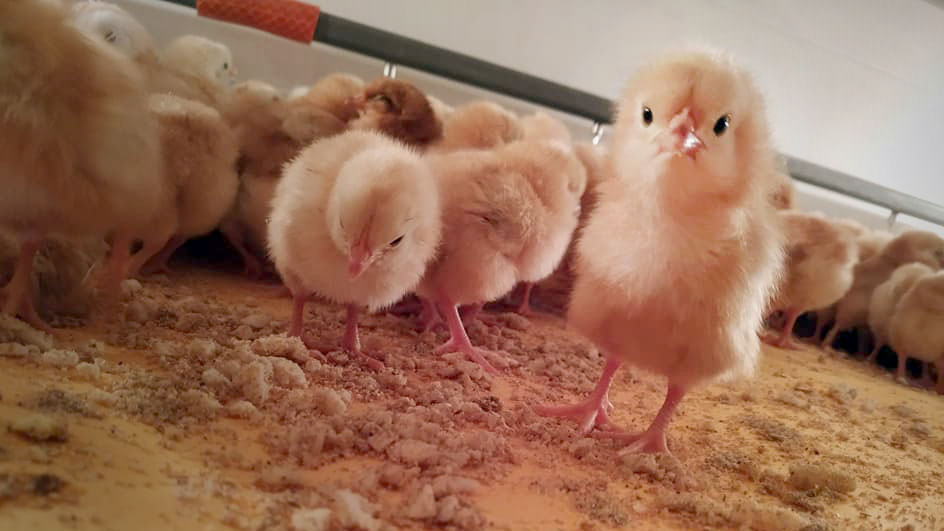
As of now, the project has more than 160 beneficiaries all over Armenia. The beneficiaries are engaged in gardening, field work, animal husbandry and poultry farming.
Armine Martirosyan is the founder of such a poultry farm. Her farm already has 1,200 birds and the possibility of expansion.
“I am not from a farming family, I was born and raised in Kanaker, however my grandmother always kept chickens, they were always in front of our eyes. It seemed to us that we knew what kind of business it was, and my brother and I decided to start such a business,” says Armine Martirosyan.
In 2016, they bought the land, in 2018 they built the poultry house, and in 2019 they started poultry farming.
After that, there were complications and, according to Martirosyan, they learned from their mistakes and failures. There have been losses due to lack of knowledge about vaccinations, the emergence of new producers and artificially low prices, market volatility, etc.
Twice they benefited from the support programmes for organic agriculture and women entrepreneurs. Now they are expanding what they already have. They brought 600 chicks and plan to add 300-400 birds annually. Initially, sales were made by delivering individual orders from door to door, but already this month the product will be presented in one of the supermarket chains.
“We are no longer dependent on support programmes, it is a stable business,” says Martirosyan.
Emma Petrosyan, EU-GAIA project Communications Manager, also mentions that although their support is temporary, many people still have knowledge and change their approach. Moreover, in the case of specific organic agriculture, one can see how many of the participants stay in that field. According to Petrosyan, 50-60 per cent of their beneficiaries remained in that sector even after the end of the support.
Author: Garik Harutyunyan
Article published in Armenian by Ampop.am
MOST READ
RELATED PROJECTS
SEE ALSO
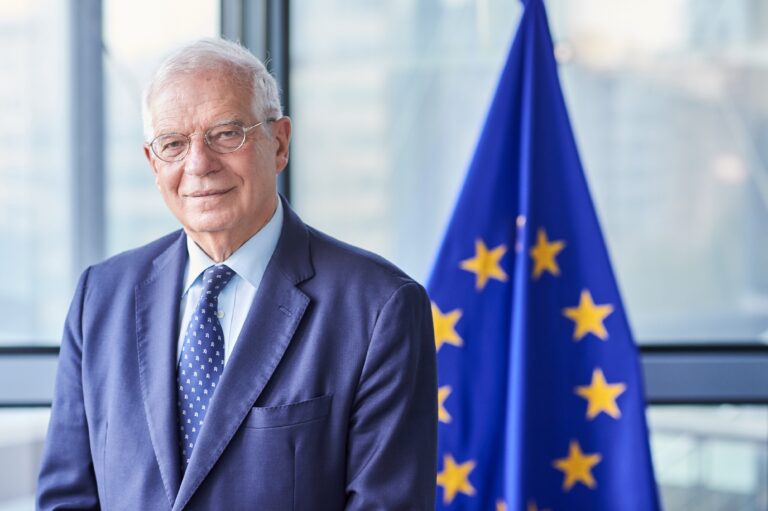
No, time is not on Russia‘s side
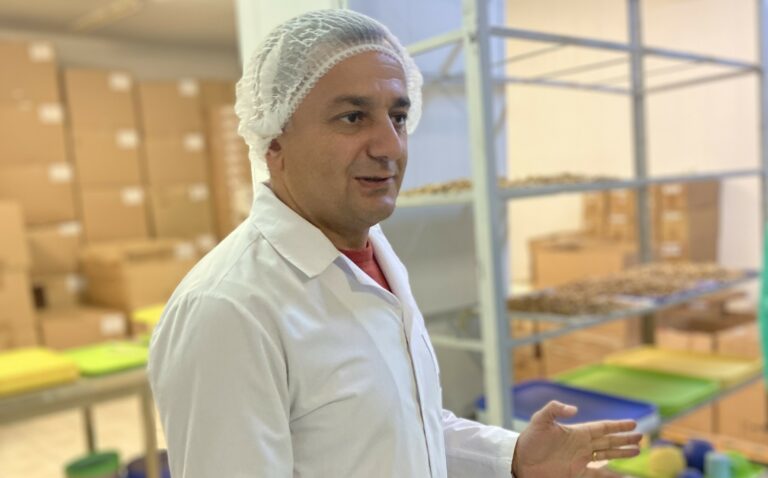
Sweet smell of chocolate
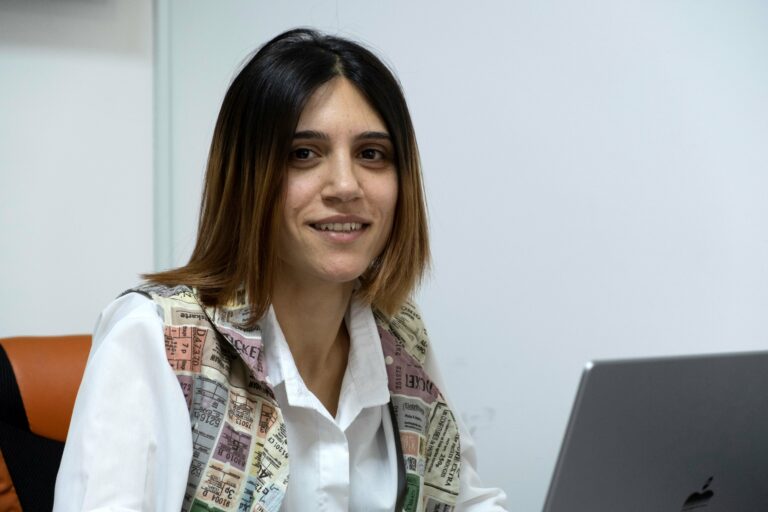
‘Be yourself, and always move forward’: Meri’s advice to young women in business

Be one step ahead of a hacker: check simple cybersecurity tips!
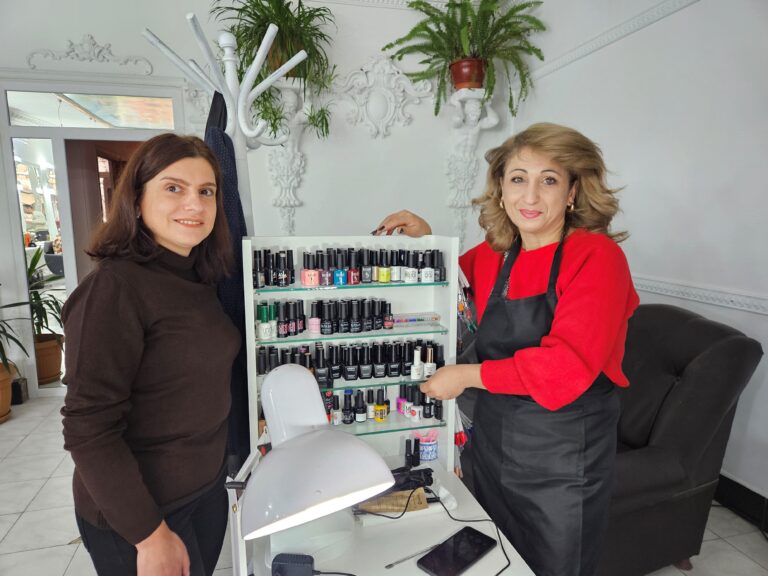
The power of skills: women paving the way to their own business in rural Armenia
More campaign pages:
Interested in the latest news and opportunities?
This website is managed by the EU-funded Regional Communication Programme for the Eastern Neighbourhood ('EU NEIGHBOURS east’), which complements and supports the communication of the Delegations of the European Union in the Eastern partner countries, and works under the guidance of the European Commission’s Directorate-General for Neighbourhood Policy and Enlargement Negotiations, and the European External Action Service. EU NEIGHBOURS east is implemented by a GOPA PACE-led consortium. It is part of the larger Neighbourhood Communication Programme (2020-2024) for the EU's Eastern and Southern Neighbourhood, which also includes 'EU NEIGHBOURS south’ project that runs the EU Neighbours portal.

The information on this site is subject to a Disclaimer and Protection of personal data. © European Union,








